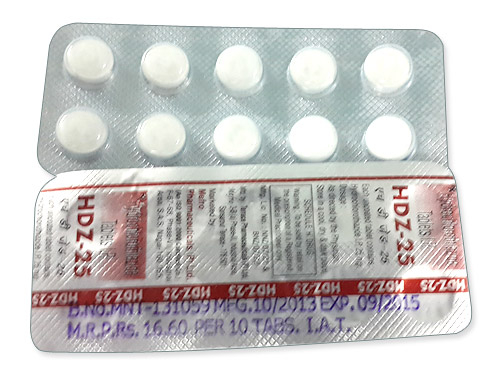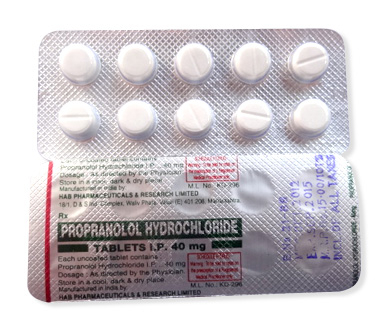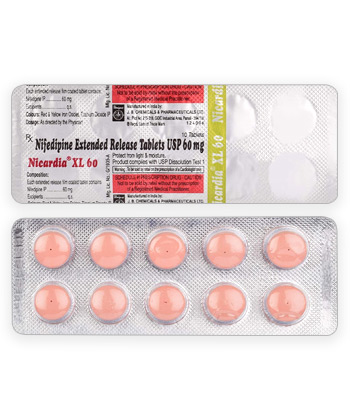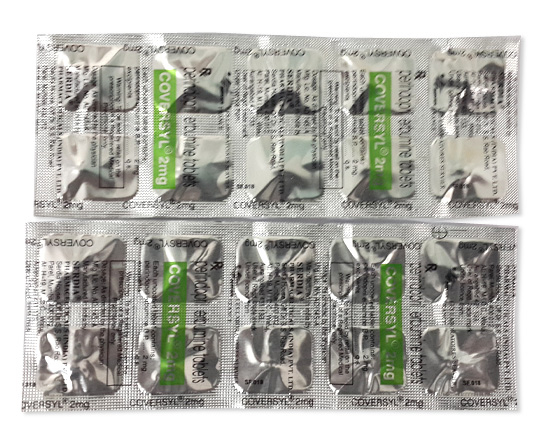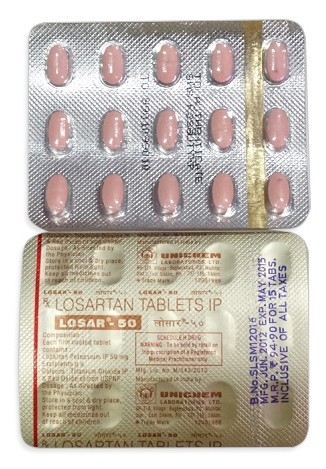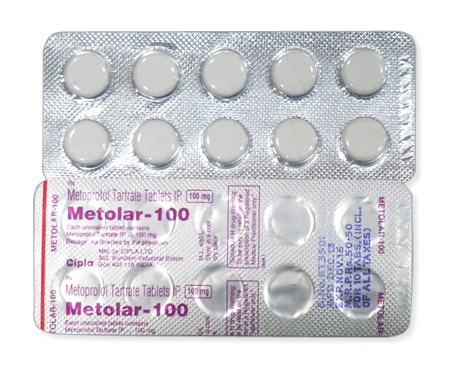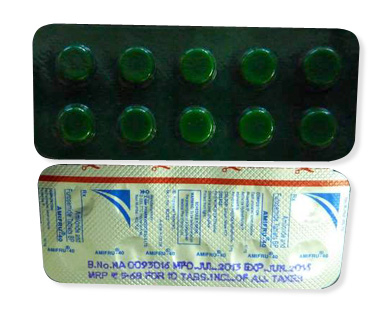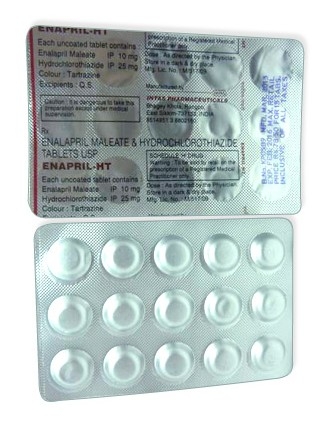Prinivil
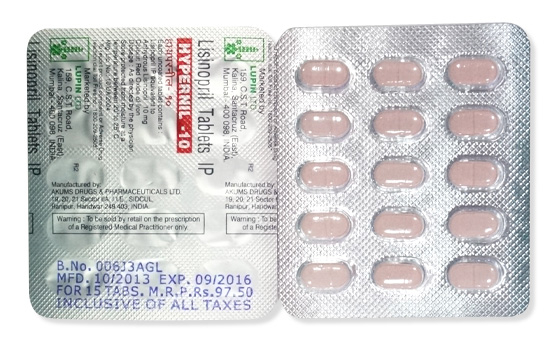
Prinivil
- Prinivil is available with a valid prescription at pharmacies and online platforms. It cannot be purchased without a prescription due to regulatory requirements.
- Prinivil (lisinopril) is used to treat hypertension, heart failure, and post-myocardial infarction. It works by inhibiting angiotensin-converting enzyme (ACE), relaxing blood vessels and reducing blood volume.
- The usual dose for hypertension starts at 10 mg once daily (up to 40 mg). For heart failure, 2.5–5 mg once daily (up to 40 mg). Pediatric doses are weight-based.
- Prinivil is administered orally as tablets or a liquid solution (Qbrelis brand).
- Onset time: Begins lowering blood pressure within 1 hour, reaching full effectiveness in approximately 6 hours.
- Duration of action: Effects last approximately 24 hours, enabling once-daily dosing.
- Avoid alcohol—it may intensify side effects like dizziness and dangerously low blood pressure.
- Most common side effect is a persistent dry cough. Other frequent reactions include headache, dizziness, nausea, and fatigue.
- Would you like to start Prinivil? Remember, a valid prescription is required for purchase.
Basic Prinivil Information
| Active Ingredient | Lisinopril (INN) |
|---|---|
| UK Brand Names | Prinivil, Zestril (AstraZeneca), Generic Lisinopril |
| ATC Code | C09AA03 |
| Available Forms | Tablets: 2.5mg, 5mg, 10mg, 20mg, 40mg (No oral solution approved in UK) |
| Primary Manufacturers | AstraZeneca UK, Teva/Accord Generics |
| UK Regulatory Status | Prescription Only (POM), MHRA/EMA Registered |
| Standard Packaging | Blister packs (28 tablets), Hospital bottles |
Prinivil belongs to the category of ACE inhibitors used primarily for hypertension treatment across the UK healthcare system. As a prescription-only medication (POM), it's strictly regulated under UK pharmacy laws requiring medical supervision. Regular monitoring of blood pressure and kidney function is essential during treatment due to its pharmacological action.
The tablets remain stable at room temperature and shouldn't be refrigerated. Patients often find blister-packed versions in community pharmacies like Boots or LloydsPharmacy, while hospitals typically stock bottle formats. Throughout the UK, generic versions drive the market due to cost efficiency, though brand-name options like Aztrin's Zestril remain clinically equivalent.
How Prinivil (lisinopril) Works in the Body
Prinivil (lisinopril) operates by blocking angiotensin-converting enzyme, which normally produces a substance called angiotensin II that tightens blood vessels. By reducing angiotensin II levels, blood vessels relax and widen. This lowers blood pressure while decreasing strain on the heart and kidneys. Patients typically notice initial effects within one hour, with peak effectiveness occurring around six hours after ingestion.
The medication undergoes partial breakdown into inactive components. Over 90% gets expelled unchanged through the kidneys rather than liver processing. This kidney-dependent elimination gives Prinivil an average half-life of twelve hours, supporting once-daily dosing for most patients. Important interactions exist with diuretics increasing hypotension risks, NSAIDs reducing effectiveness, and aliskiren elevating hyperkalemia danger. Potassium supplements require avoidance and alcohol consumption may intensify dizziness due to additive blood pressure effects.
Approved & Off-Label Uses
Prinivil holds UK marketing authorisation for three primary conditions. Hypertension management forms its core usage, either alone or combined with other medicines. It also serves as a key treatment for chronic heart failure and stabilises patients following myocardial infarction when initiated within twenty-four hours. Some clinicians employ Prinivil off-label for diabetic kidney protection and migraine prevention.
Special populations require particular consideration. Paediatric hypertension treatment begins at age six using weight-based calculations. Elderly patients typically start with 2.5mg daily due to heightened fall risks. Pregnancy carries absolute prohibition throughout all trimesters because Prinivil causes severe fetal toxicity, including kidney malformations and lung underdevelopment. NICE guidelines prefer ACE inhibitors like Prinivil for patients over fifty-five.
Dosage & Adjustments
| Condition | Starting Dose | Max Dose | Note |
|---|---|---|---|
| Hypertension | 10mg daily | 40mg | Titration every 2-4 weeks |
| Heart Failure | 2.5mg daily | 20-40mg | Kidney function monitoring essential |
| Post-Myocardial Infarction | 5mg within 24h | 10mg | Minimum treatment duration: 6 weeks |
Kidney impairment necessitates careful dosing adjustments with eGFR under 30mL/min requiring initial 2.5mg dosing. Patients missing a dose should take it unless near the next scheduled time with doubling strictly avoided. Tablets remain stable at standard room temperatures between 15-30°C without refrigeration. Moisture and light exposure diminishes effectiveness so storing containers sealed proves important.
Absolute & Relative Contraindications
History of angioedema from any ACE inhibitor represents an absolute restriction for Prinivil. Pregnancy constitutes another strict contraindication due to confirmed fetal harm like skull defects. Concomitant sacubitril therapy through Entresto is completely prohibited. Relative contraindications include renal artery narrowing where impaired kidney function may worsen abruptly with treatment.
Other caution groups involve individuals with potassium levels exceeding 5.5mmol/L due to hyperkalemia risks. Liver cirrhosis demands observation since secondary renal issues can emerge. Diabetics require kidney monitoring particularly when using medication combinations putting renal health at risk. Elderly patients demonstrate increased vulnerability to falls from dizziness.
Side Effects Spectrum
Dry persistent cough develops in approximately 10% of patients and frequently necessitates switching treatments. Dizziness and headaches feature among other common reactions. Less frequent issues like hyperkalaemia demand potassium level surveillance. Rashes and renal impairment occasionally emerge. Severely dangerous angioedema reactions producing throat or tongue swelling constitute medical emergencies. Liver tissue damage manifesting as jaundice remains extremely rare.
Cough management often involves substituting Prinivil with an ARB such as losartan. Patients experiencing hyperkalaemia typically limit high-potassium foods and avoid salt substitutes. Any swelling around the face or breathing difficulties requires immediate hospital attention rather than waiting for GP availability.
Patient Experiences & Real-World Insight
Approximately 79% of UK reviewers affirm Prinivil's effectiveness for blood pressure control in Drugs.com forums. However, 38% reference persistent dry cough which frequently disrupts sleep or causes social discomfort. Reddit discussions highlight increased tiredness and lightheadedness affecting elderly populations. Some contributors describe adapting through evening dosing schedules.
Patient recommendations include maintaining hydration by drinking plenty of water an hour before taking the pill. Many advise rising slowly from seated positions to minimise dizziness episodes. Despite side-effect challenges, numerous accounts acknowledge Prinivil's reliable blood pressure management when tolerated.
UK Alternatives & Comparison
| Drug (Class) | Pros | Cons | Cost (30-Day UK) |
|---|---|---|---|
| Ramipril (ACEi) | Strong cardiac benefit evidence | Identical cough potential | £2.50-£4 |
| Losartan (ARB) | Cough-free alternative | Less kidney protection | £5-£7 |
| Amlodipine (CCB) | Simpler kidney monitoring | Significant ankle swelling | £1.50-£3 |
UK GPs frequently initiate ACE inhibitors like Prinivil as first-choice treatments where appropriate. Switching to ARBs emerges as the conventional pathway when intolerable coughing develops. NICE guidelines position calcium channel blockers as preferred agents for hypertensive patients younger than fifty-five. Cost differentials between drug classes may influence prescribing decisions across NHS practices.
What Conditions Does Prinivil Treat?
Prinivil (known generically as lisinopril) is primarily prescribed for three major conditions in the UK according to EMA and NICE guidance. First-line hypertension management is its most common use, working alone or combined with other blood pressure medications like thiazide diuretics. It's also a cornerstone treatment for chronic heart failure, improving survival rates when used alongside other heart medications. Following a heart attack, starting Prinivil within 24 hours helps protect heart function and prevent further cardiovascular damage, typically continuing for at least six weeks. Clinical studies show it reduces mortality by 11% in post-MI patients when initiated promptly.
Off-Label Applications of Lisinopril in UK Practice
Despite being unlicensed for these uses in the UK, Prinivil is sometimes prescribed off-label in specific circumstances. Nephrologists may use it for diabetic kidney disease to reduce proteinuria and slow renal decline in type 2 diabetes patients. Some neurologists consider it for refractory migraine prevention though supporting evidence remains limited. There's emerging discussion about potential renal benefits in IgA nephropathy and role in scleroderma renal crisis management. However, these off-label applications require careful individual risk assessment and frank discussions with patients about evidence limitations.
Prinivil for Children, Elderly, and Pregnancy
Special populations require tailored approaches with ACE inhibitors like Prinivil. For pediatric hypertension cases in children aged 6+, weight-based dosing starts at 0.07mg/kg daily. Elderly patients typically begin at 2.5mg due to increased fall risks from hypotension and age-related renal changes. Pregnancy requires absolute avoidance - exposure during second or third trimimester carries significant risks:
- Fetal hypotension leading to reduced kidney function
- Severe oligohydramnios (low amniotic fluid)
- Skull deformities and lung underdevelopment
The UK's Medicines and Healthcare products Regulatory Agency mandates immediate discontinuation if pregnancy occurs. Breastfeeding is also contraindicated due to medication transfer into breast milk.

